Noise in the Nest: How Household Appliances Impact Our Wellbeing in Europe
Modern life is a symphony of sounds, and our homes are no exception. While conveniences like washing machines and blenders make life easier, the noise they generate can have a negative impact on our health and well-being. Let's explore the potential harms caused by noisy appliances in European households.
The Toll of Noise Pollution
Exposure to chronic noise, even at moderate levels, can have a significant impact on our physical and mental health. In Europe, the World Health Organization (WHO) recommends a daytime noise limit of 53 decibels (dB) indoors. However, many common household appliances exceed this level. For example, a typical vacuum cleaner can reach 70 dB, while a blender can hit 85 dB – similar to city traffic noise.
This constant din can lead to several health problems, including:
· Hearing problems: Prolonged exposure to loud noises can damage the delicate hair cells in the inner ear, leading to hearing loss and tinnitus (ringing in the ears).
· Cardiovascular issues: Studies have shown a link between chronic noise exposure and increased risk of high blood pressure, heart disease, and stroke.
· Sleep disturbances: Noise can disrupt sleep patterns, making it difficult to fall asleep and stay asleep. This can lead to fatigue, difficulty concentrating, and irritability.
· Stress and anxiety: Constant noise can be a source of stress and anxiety, impacting mental health and overall well-being.
The European Context
Europe has a strong focus on environmental health, and noise pollution is a recognized concern. The European Union (EU) has established noise emission regulations for various appliances. However, these standards might not be strict enough to fully protect public health. Additionally, older appliances, particularly in densely populated areas with smaller living spaces, can contribute significantly to noise pollution within homes.

Quieter Doesn't Have to Mean Less Efficient
The good news is that advancements in technology are leading to quieter appliances. Manufacturers are developing innovative solutions like sound-dampening materials and improved motor designs to reduce noise levels without compromising functionality.
Here are some ways European consumers can minimize noise pollution in their homes:
· Invest in quieter appliances: Look for appliances with noise level ratings displayed on the label. Opt for models that fall below the WHO's recommended limit of 53 dB. This might be particularly achievable when considering refrigerators. For ultimate silence, explore gas refrigerators. Unlike traditional models, gas refrigerators don't have compressors or other moving parts, making them significantly quieter.
· Maintain your appliances: Regularly cleaning and servicing appliances can help them run more smoothly and quietly.
· Strategic use: Run noisy appliances during off-peak hours when possible, minimizing disruption to yourself and others.
· Consider noise-dampening solutions: Placing appliances on vibration-absorbing mats or using soundproofing materials around noisy areas like laundry rooms can help reduce noise transmission.
Introducing the SMAD 3-Way Fridge Freezer: Whisper-Quiet Performance
SMAD is proud to offer a revolutionary solution for noise-sensitive households: the SMAD 3-Way Fridge Freezer. This innovative gas refrigerator operates at an incredible 0 dB, meaning it runs completely silently. Imagine a kitchen free from the constant hum of your refrigerator – a truly peaceful environment for you and your family.

A Collective Effort
Addressing noise pollution requires a multi-pronged approach.
· Manufacturers: Continuously strive to develop quieter appliances
· Policymakers: Implement stricter noise emission regulations for appliances sold in Europe.
· Consumers: Make informed choices by prioritizing quieter models and practicing responsible usage.
By working together, we can create quieter homes in Europe, contributing to a healthier and more peaceful environment for everyone.





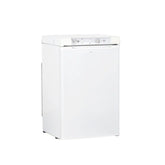

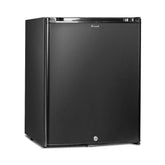
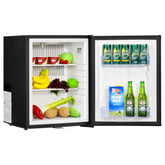
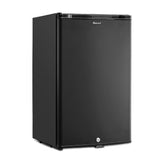
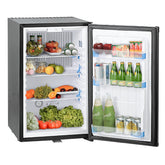

Leave a comment
Please note, comments need to be approved before they are published.